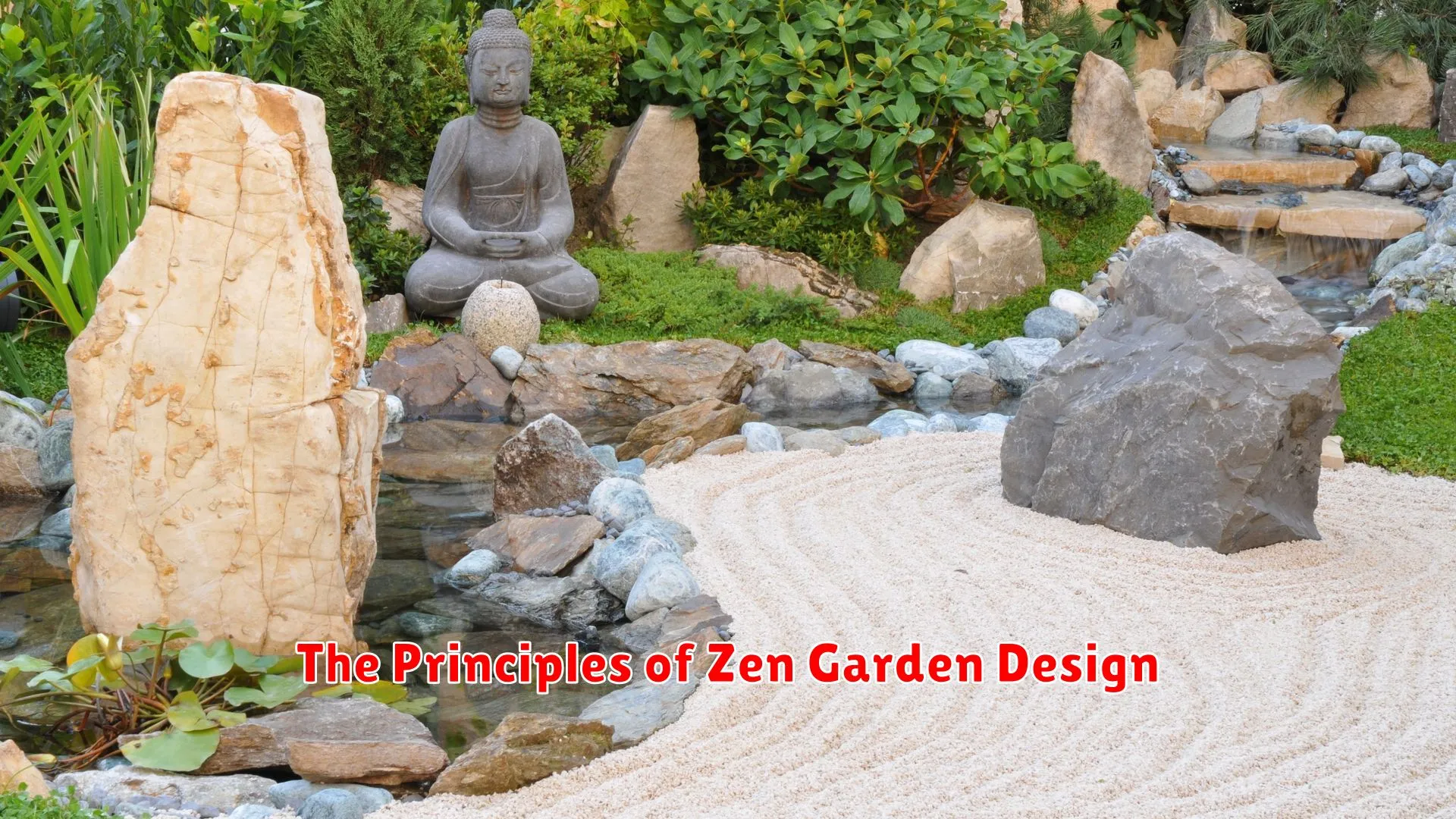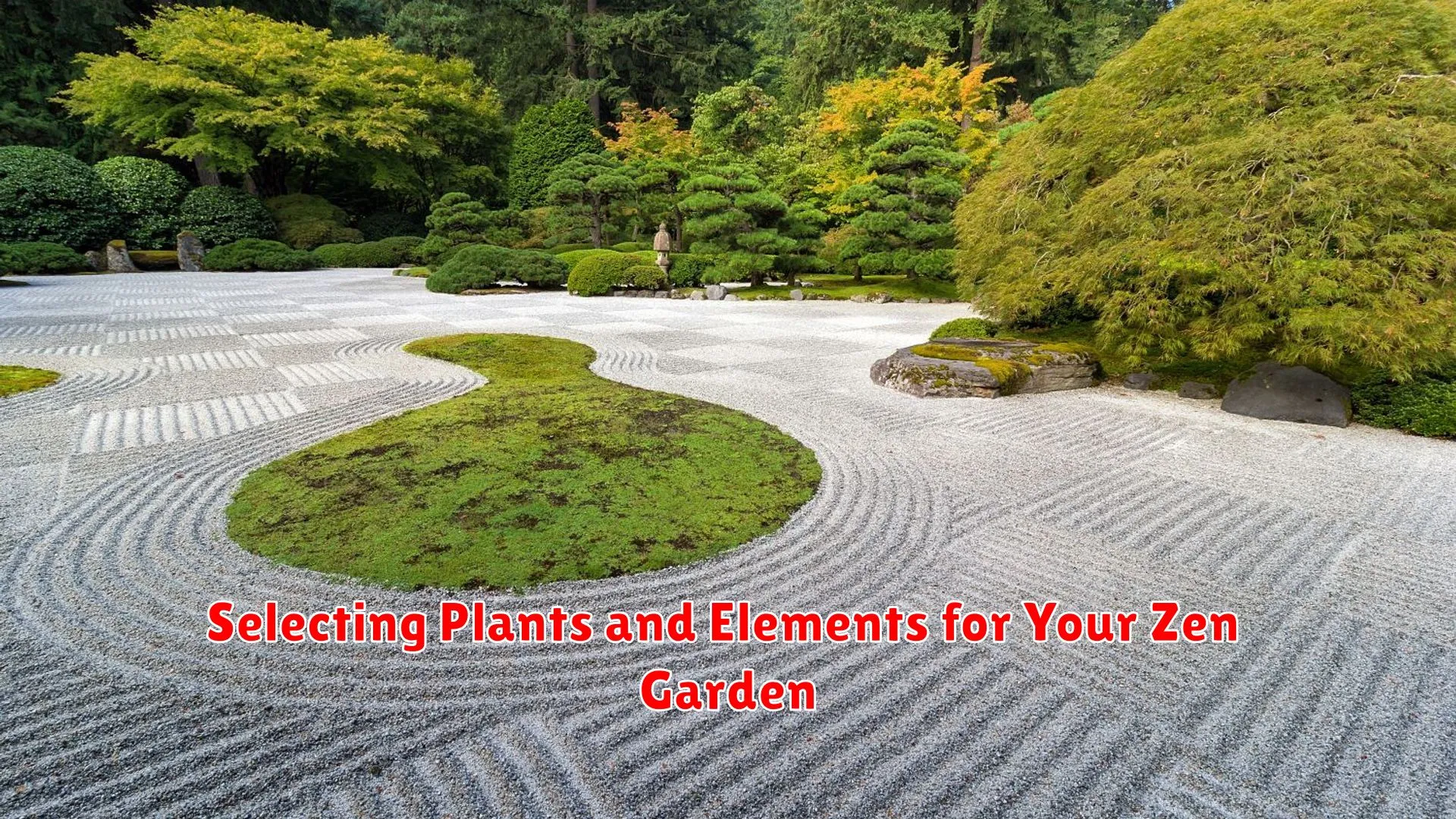Discover the art of Zen Gardens and how they offer a tranquil space for contemplation and peace. Learn how to create your own oasis of relaxation and find inner serenity in the midst of modern chaos.
The Principles of Zen Garden Design

Creating a Zen garden involves the application of specific principles that aim to instill a sense of serenity and tranquility in the space. These gardens, rooted in Zen Buddhism, serve as a place for contemplation, meditation, and connection with nature. To achieve a harmonious and balanced Zen garden, several key design principles are essential.
Simplicity
In Zen garden design, simplicity is paramount. Keep the elements minimal and free from clutter. Each component in the garden should have a purpose and contribute to the overall sense of calmness.
Balance and Harmony
Balance and harmony are fundamental principles in Zen philosophy and are reflected in Zen garden design. This balance is achieved through careful placement of rocks, plants, and other elements to create a peaceful and harmonious composition.
Natural Elements
Embracing natural elements such as rocks, gravel, sand, and plants is crucial in a Zen garden. These elements symbolize nature and create a connection to the natural world, promoting a sense of tranquility and mindfulness.
Symbolism and Meaning
Each element in a Zen garden carries symbolism and meaning. For example, rocks may symbolize mountains, while sand or gravel can represent water or ripples. Understanding the symbolism adds depth to the garden and enhances the meditative experience.
Raked Gravel or Sand
A distinctive feature of Zen gardens is the use of raked gravel or sand to create patterns that simulate water ripples or waves. This practice not only adds a visual appeal but also encourages a sense of serenity and focus.
Space for Contemplation
Designing a Zen garden involves creating spaces dedicated to contemplation and meditation. Whether it’s a secluded seating area or a carefully placed rock, these spaces invite individuals to reflect and find inner peace.
Selecting Plants and Elements for Your Zen Garden

Creating a Zen garden involves careful selection of plants and elements that promote a sense of peace and tranquility. The choices you make will contribute to the overall atmosphere of your Zen garden, providing a space for reflection and relaxation.
1. Plants
When choosing plants for your Zen garden, opt for minimalistic and low-maintenance varieties. Consider incorporating symbolic plants like bamboo, which represents strength and resilience, or cherry blossoms for beauty and impermanence. Rocks and gravel can also be used strategically to symbolize elements like water or mountains.
2. Elements
Water features, such as a small pond or a simple fountain, can introduce a calming sound to your Zen garden. Additionally, stone lanterns, stepping stones, and wooden structures like arbors or bridges can enhance the aesthetic and functionality of the space. Remember to keep the design simple and harmonious.
3. Balance and Harmony
Creating a Zen garden is about achieving a balance between the elements you choose. Aim for a harmonious arrangement that reflects nature’s simplicity and serenity. Incorporate elements of asymmetry and negative space to evoke feelings of calm and contemplation.
By thoughtfully selecting plants and elements for your Zen garden, you can cultivate a space that invites a sense of peace and encourages mindfulness. The process of designing and tending to your Zen garden can also be a meditative practice in itself.
Maintenance Tips for a Peaceful Outdoor Space

Creating a serene Zen garden for reflection and relaxation requires consistent maintenance to preserve its tranquility. Here are some essential tips to keep your outdoor space peaceful:
1. Rake and Clear Debris Daily
Regular raking and clearing of fallen leaves, twigs, and debris help maintain the clean and minimalist look of a Zen garden. This simple task can instantly refresh the space.
2. Prune Plants and Trees Regularly
Trimming and pruning plants and trees in your garden not only enhance the overall aesthetics but also promote healthy growth. It helps in maintaining the balance and harmony of the space.
3. Weed Control
Keep an eye out for weeds and remove them promptly. Weeds can disrupt the peaceful ambiance of a Zen garden, so regular weeding is necessary to maintain its calming atmosphere.
4. Proper Watering
Water is essential for plant growth and overall garden health. Ensure your plants receive adequate water based on their specific needs to keep them thriving and vibrant.
5. Refresh Gravel and Sand Features
Over time, the gravel and sand in your Zen garden may become displaced or dirty. Regularly raking and refreshing these features can rejuvenate the overall look and feel of the space.
6. Mindful Arrangement of Stones
The placement of stones in a Zen garden symbolizes natural elements like mountains or islands. Regularly adjusting the stones mindfully can help maintain the visual harmony and balance of your outdoor sanctuary.
Conclusion
Zen gardens offer a serene sanctuary for contemplation and peace, promoting mindfulness and relaxation. Creating such a space can enhance mental well-being and provide a retreat from the chaos of everyday life.




